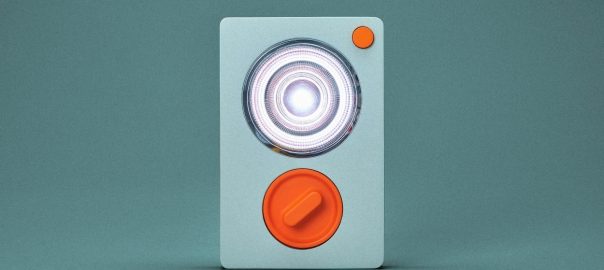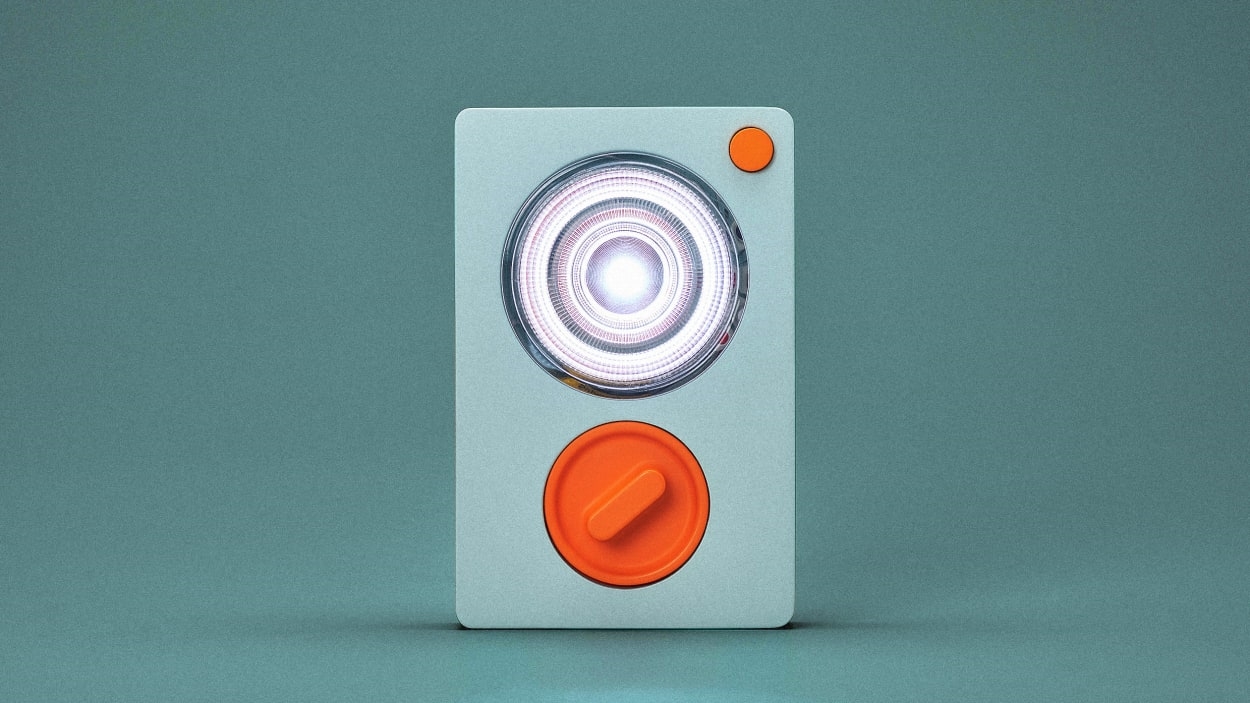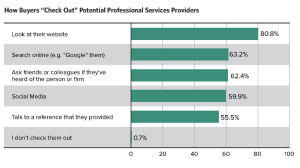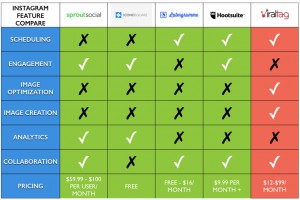When Ambessa Play’s founder Sara Berkai approached Pentagram to design a new DIY wind-up flashlight, she already had a pretty good idea of how she needed it to work. Berkai had conceived the original concept while teaching STEM workshops to displaced children in Ethiopia and Eritrea in 2019.
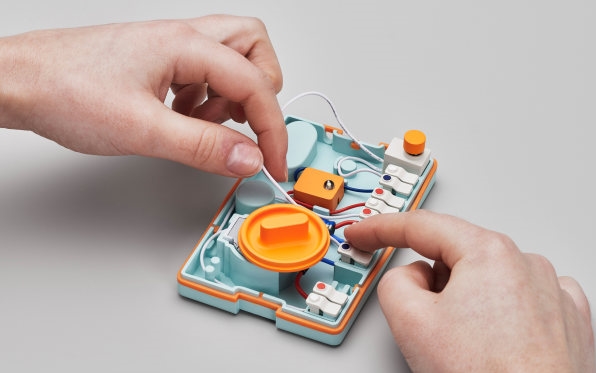
“The children asked her to bring kits that would be useful after the workshop—and a flashlight was the most requested item,” says Jon Marshall, a partner at Pentagram’s London office.
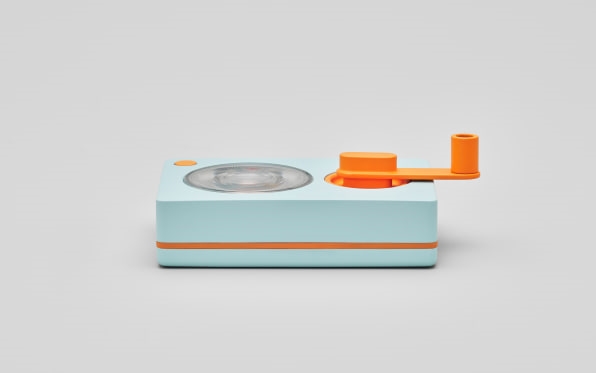
Ambessa Play’s mission is to encourage children everywhere to build, and especially those who are in dire straits. Living in camps without access to electricity, these unlucky youngsters sometimes can’t read, write, or draw in the evening or in the early mornings. Sometimes they may be able to use the flashlights in their parents’ phones, but that’s often not possible. So having a durable, battery-less light would be useful. Plus, as any parent will tell you, even a kid living a life with full access to electricity would love playing with such a device. (For some unknown reason, children love flashlights of any kind, especially under the bed covers.)
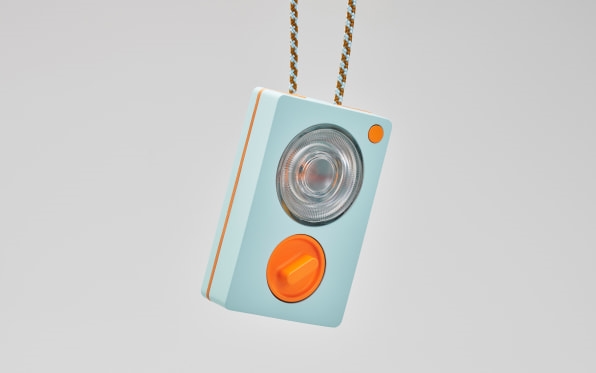
The DIY flashlight’s simple and seemingly durable rectangular plastic body holds the LED light, with its large plastic lens located towards the top center of its front side. Below the light there is the crank and, on the top right corner, you can find a big switch in the accent color. On the back you can find a little built-in stand that you can deploy to set it up straight on a desk. The flashlight can also be used as a handheld torch or, rather cleverly, worn around the neck with a lanyard. The result looks rather fantastic in baby blue with bright orange accents. Its minimalism and elegance vaguely reminds me the Braun T3 pocket radio that inspired Apple’s iPod, created by Dieter Rams. The flashlight feels like an instant classic, a perfect combination of beauty and convenience on top of the learning experience of its assembly.
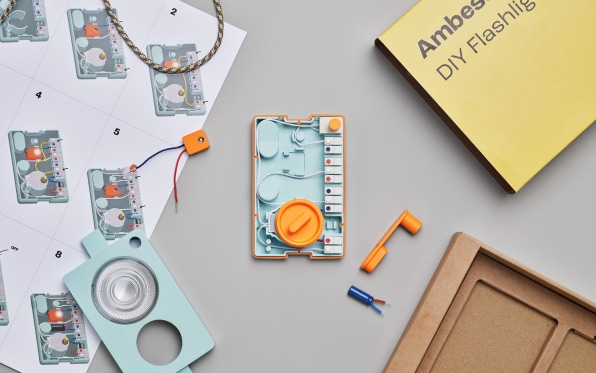
However, the flashlight is not just a handy light: Its other main objective was to promote hands-on learning that helps children to learn science in a tactile way. “The idea was to give children something they can build themselves and then use . . . the DIY aspect supports learning and helps develop skills like problem solving, fine motor skills and creativity,” says Marshall. So his mission was to build a DIY flashlight that any 8-year-old can assemble themselves.
“We tested it with children, and especially with displaced children, to make sure we prioritized their feedback,” he says. “They didn’t always choose the ideas we favored, which was funny, but their feedback was so insightful and, without a doubt, made the product what it is.”
Through the development process, Ambessa Play partnered with various organizations and charities and tested the kits with displaced children in Eritrea, Ethiopia, Hungary, France, and the United Kingdom. This presented some difficulties for Pentagram, because they are not used to making so many prototypes to drive a design and test process at such a scale. The design was further complicated by the fact that they had to iterate extensively on the build-steps for the electronics, so the kids would reliably understand the construction process. The included step-by-step manual looks as pretty as the DIY flashlight itself.
Now, the organization is getting ready to gauge the interest of this product for consumers across the world. Ambessa Play launched a Kickstarter with two options: either gift a DIY kit to a child or purchase one for their own child, which would also gift one to another child in need. Personally, I’d get one even if I didn’t have a kid myself.
(7)
Report Post